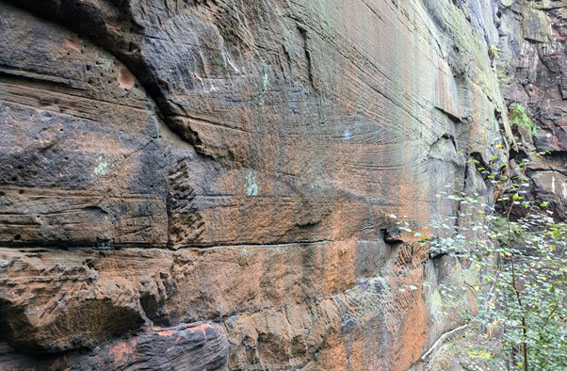
Training: Reservoir Characterisation and Subsurface Uncertainties in Carbon Stores, Cheshire, UK
Date: 19 - 23 May 2025
Location: Cheshire, UK
Tutor: Richard Worden: Professor in the Department of Earth Ocean and Ecological Sciences, University of Liverpool, UK
This course will give participants the opportunity to see some of the rocks at outcrop that are planned UK CO2 storage sites and to analyze the associated range of subsurface challenges. Visiting these outcrops will allow subsurface geoscientists, who generally use logs and limited core to build models, the opportunity to see the larger and smaller scale architecture and heterogeneity of the rocks they are working on and to consider the key processes of injectivity, migration and trapping of CO2. The course will also discuss post-depositional changes to sandstones, including petrophysical and geomechanical property evolution (pre- and post-CO2 injection), and some of the risks (migration and leakage) associated with developing saline aquifers and depleted gas fields as CO2 storage sites in these sandstones.
You will learn to:
- Appraise the main depositional and diagenetic features that influence Triassic Sandstone (Bunter/Sherwood) reservoir properties and CCS reservoir development and likely performance.
- Validate the CO2 storage volumetrics from the micro (pore-scale) to the macro (aquifer volumes).
- Predict CO2 flow away from injector wells controlled by permeability and aquifer architecture with reference to injection rates and subsurface pressure.
- Assess the range of effects that CO2 can have on the host aquifer, from geomechanical to geochemical.
- Create plume migration models with respect to compartmentalization risk, pressure barriers, faults and fractures.
- Assess the role of top-seal and fault-seal properties and how they will influence CO2 storage, from risk of fracking, or induced seismicity, to mineral dissolution.
KeyFacts Energy Industry Directory: GeoLogica l KeyFacts Energy news: Training
 KEYFACT Energy
KEYFACT Energy